The 5 Most Common Tree Diseases in Florida
PUBLISHED ON
SHARE THIS ARTICLE
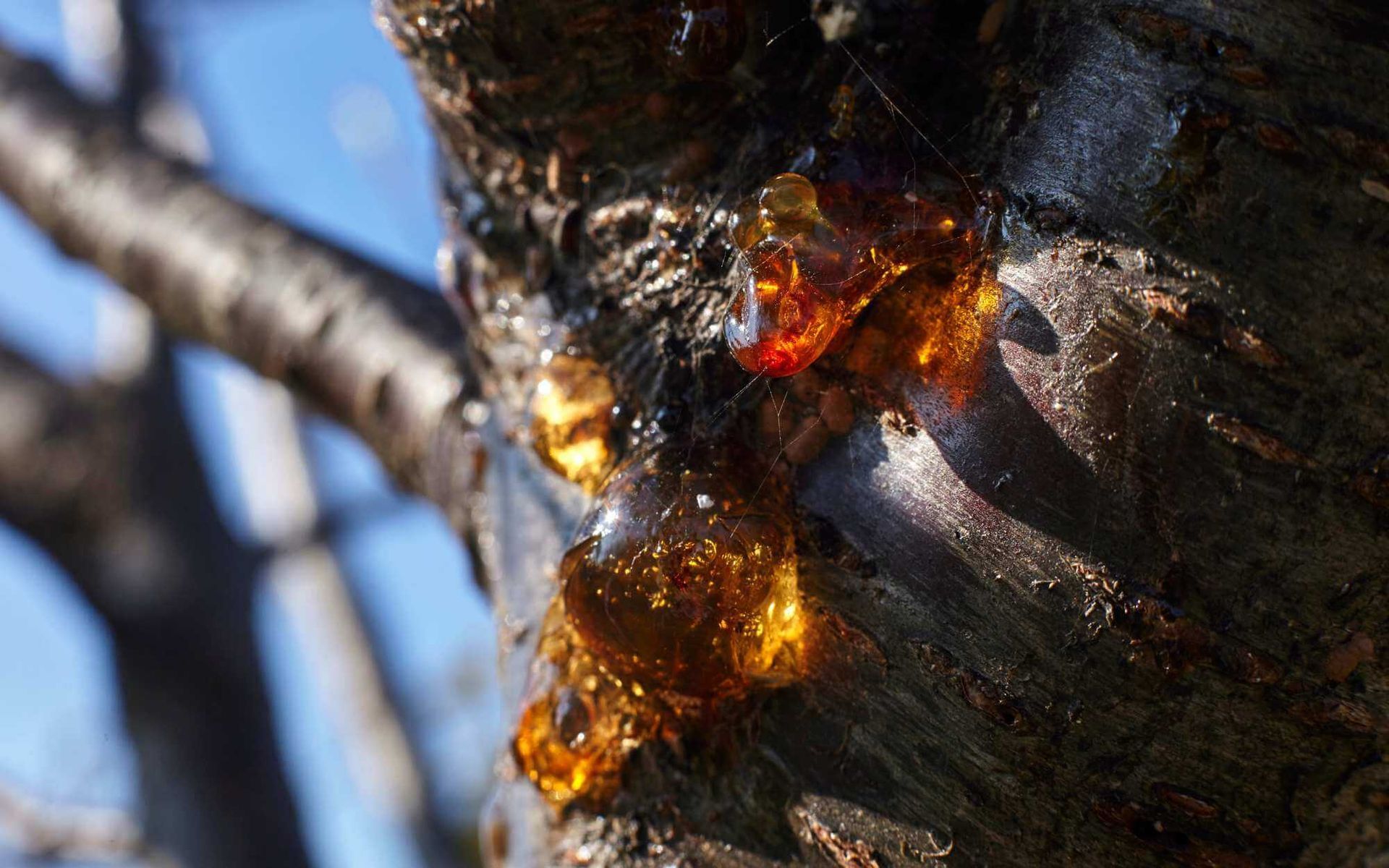
Florida is home to a diverse range of tree species. The warm and humid climate in the state creates the perfect conditions for many trees to thrive, but it also makes Florida vulnerable to certain types of tree diseases.
If you're a tree owner, you should be aware of the 5 most common tree diseases in Florida to better protect your trees from harm.
In this blog post, we'll explore five prevalent tree diseases that pose a threat to the state's arboreal treasures.
By becoming familiar with the state's most destructive tree diseases, you can improve your ability to identify early warning signs and take necessary steps to protect your trees from further damage.
Ganoderma Butt Rot
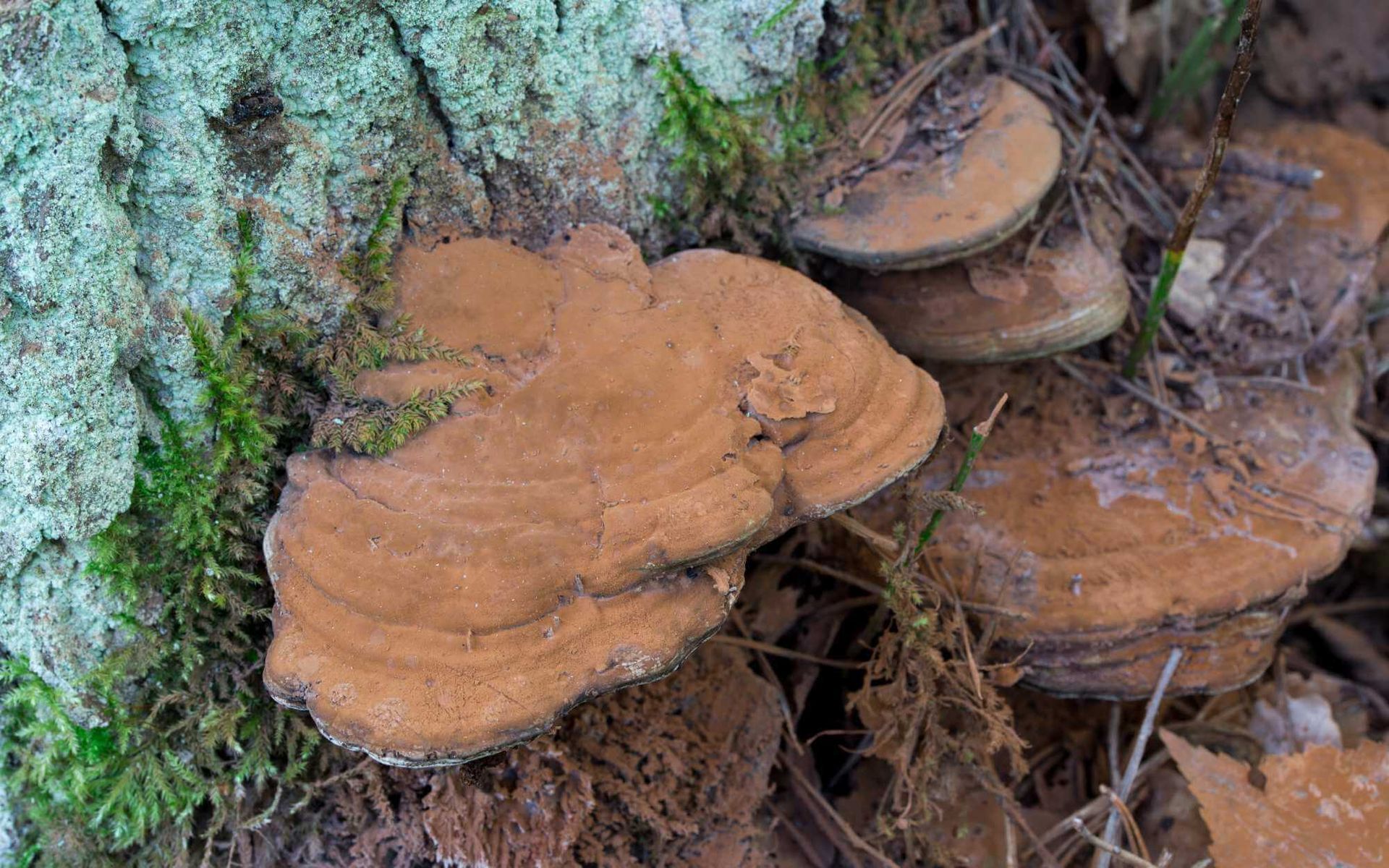
Ganoderma butt rot affects a wide range of tree species, including oak, maple, pine, and palm trees. The disease is caused by the fungus Ganoderma zonatum, which enters the tree through wounds or openings in the bark and attacks the lower portion of the trunk. Over time, the fungus causes decay of the tree roots and can eventually lead to tree death.
One of the main symptoms of Ganoderma butt rot is the presence of a conk or bracket fungus on the lower trunk of the diseased tree. This fungus is usually red-brown in color and has a shiny surface. Other symptoms include a thinning canopy, wilting leaves, and trunk swelling.
Unfortunately, there's no cure for Ganoderma butt rot once a tree has been infected. You may employ infected tree removal services (and proper disposal) as soon as possible to prevent further spread of the disease to surrounding trees.
To prevent root rot, keep trees healthy with proper fertilization, irrigation, and pruning. Avoid injuring the tree's root system or trunk, as wounds provide an entry point for the fungus. Avoid planting new trees near infected ones, as the fungus can spread through soil and root systems.
Oak Wilt
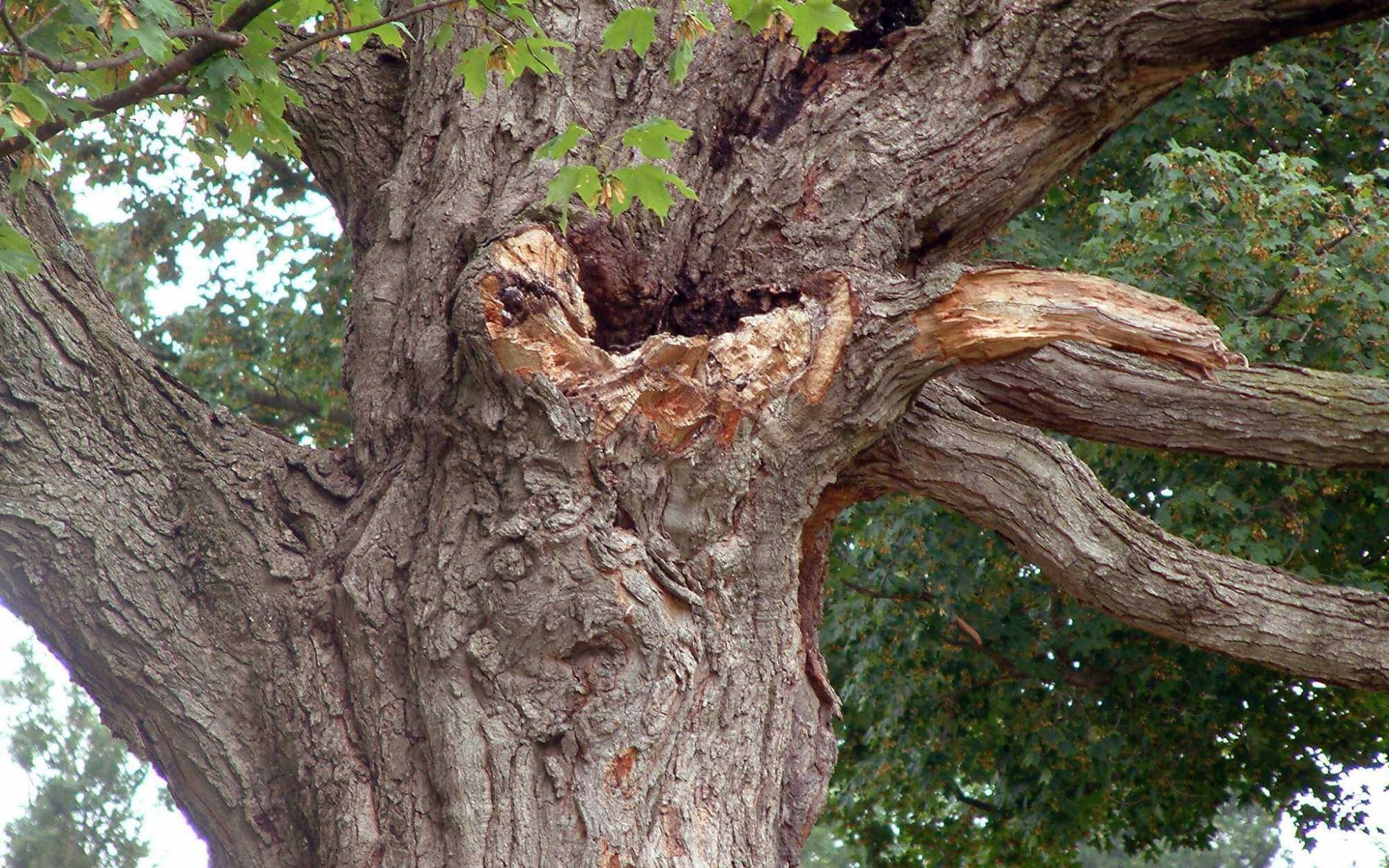
Oak wilt is a fungal disease that affects all species of oak trees. The disease is caused by the fungus Ceratocystis fagacearum, which invades the water-conducting vessels of the tree causing blockage and ultimately death. Wilting or browning of leaves, premature defoliation, and thinning of canopies are all signs that oak wilt may be present.
To manage oak wilt, it is important to avoid injuring oak trees during pruning or any other activities to prevent the spread of the disease. Proper timing of pruning, as well as sanitizing tools between cuts, can reduce the spread of this disease throughout the entire tree. Take out the infected trees and use fungicides on the neighboring trees.
To protect healthy oaks from the disease, you can also use preventative treatments in the same area as infected oaks. Avoid moving firewood from infected areas and pruning oaks from April through July when beetles that transmit the fungus are most active. Oak wilt is a serious disease, and prompt action is necessary to prevent its spread and save trees.
Sooty Mold
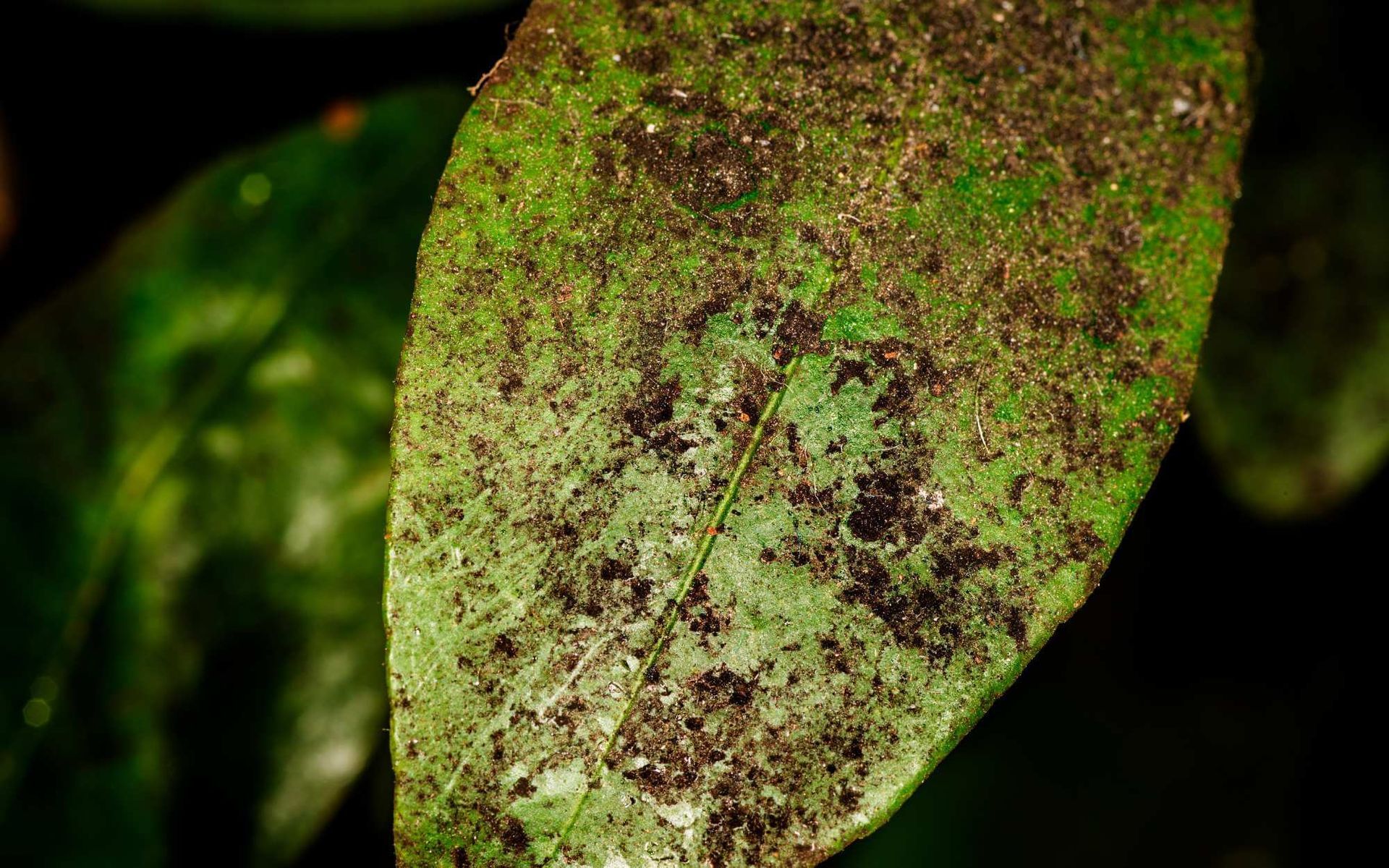
Sooty mold is a type of fungus that grows on plants and trees, causing a black and powdery substance to cover the leaves and branches. The mold is usually not harmful to the tree or plant but can affect its appearance and interfere with its photosynthesis.
Sooty mold is caused by sap-sucking insects such as aphids, scale insects, and mealybugs, which excrete honeydew, a sticky substance that attracts the growth of sooty mold. The fungus does not directly harm the tree, but it can reduce its aesthetic value and lower the tree's ability to produce energy through photosynthesis.
To get rid of sooty mold, you can control the insects that create honeydew as this will stop the fungus from growing. You can also use insecticides or natural methods like cleaning the tree with soapy water. Be sure to rinse the tree thoroughly after washing to avoid damaging the leaves.
Overall, the best way to manage sooty mold is to prevent the growth of honeydew-producing insects in the first place. Regular inspection of trees and plants can help identify insect infestations early on and allow for prompt treatment.
Laurel Wilt
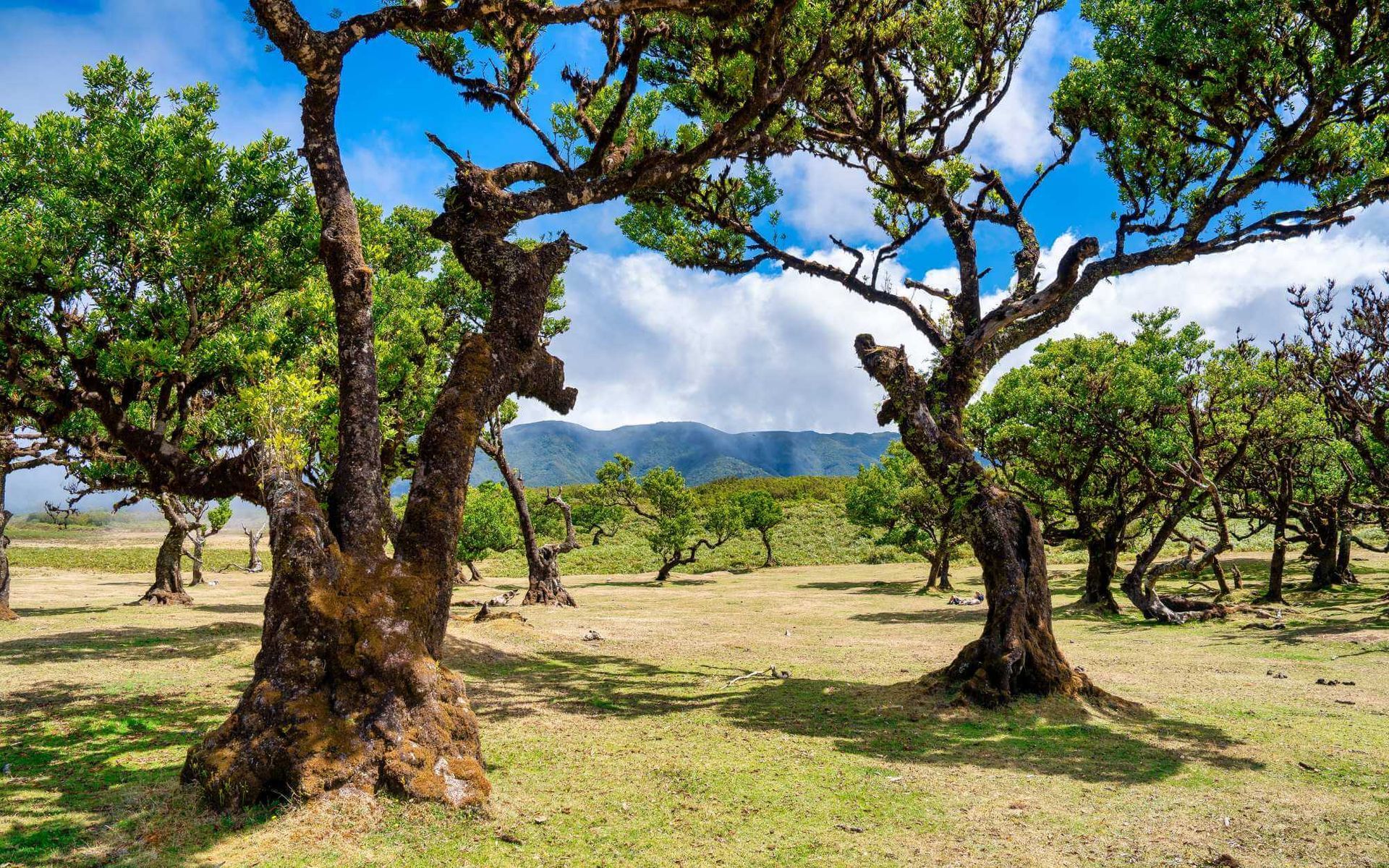
Laurel wilt is a tree disease that affects members of the laurel family, including avocado trees, sassafras, and red bay trees. This deadly fungal disease caused by the fungus Raffaelea lauricola, which is spread by a beetle called the redbay ambrosia beetle.
When the redbay ambrosia beetle burrows into the trunk of a tree, it can bring a fungus with it. This fungus will grow inside the tree and clog up the vessels that carry water, causing the tree to wilt, turn brown, and eventually die.
When treating laurel wilt, take preventative measures like removing infected trees and avoiding planting new trees in infected areas. If you have diseased trees, remove them quickly and dispose of them by burning or chipping them to prevent the disease from spreading.
Because the redbay ambrosia beetle is difficult to detect, it's important to monitor laurel trees for signs of disease and insect activity. Inspect trees for boring holes, sawdust, and staining regularly. Prevention is the key to managing laurel wilt and maintaining the health and vigor of trees is essential for reducing their susceptibility.
Fusiform Rust
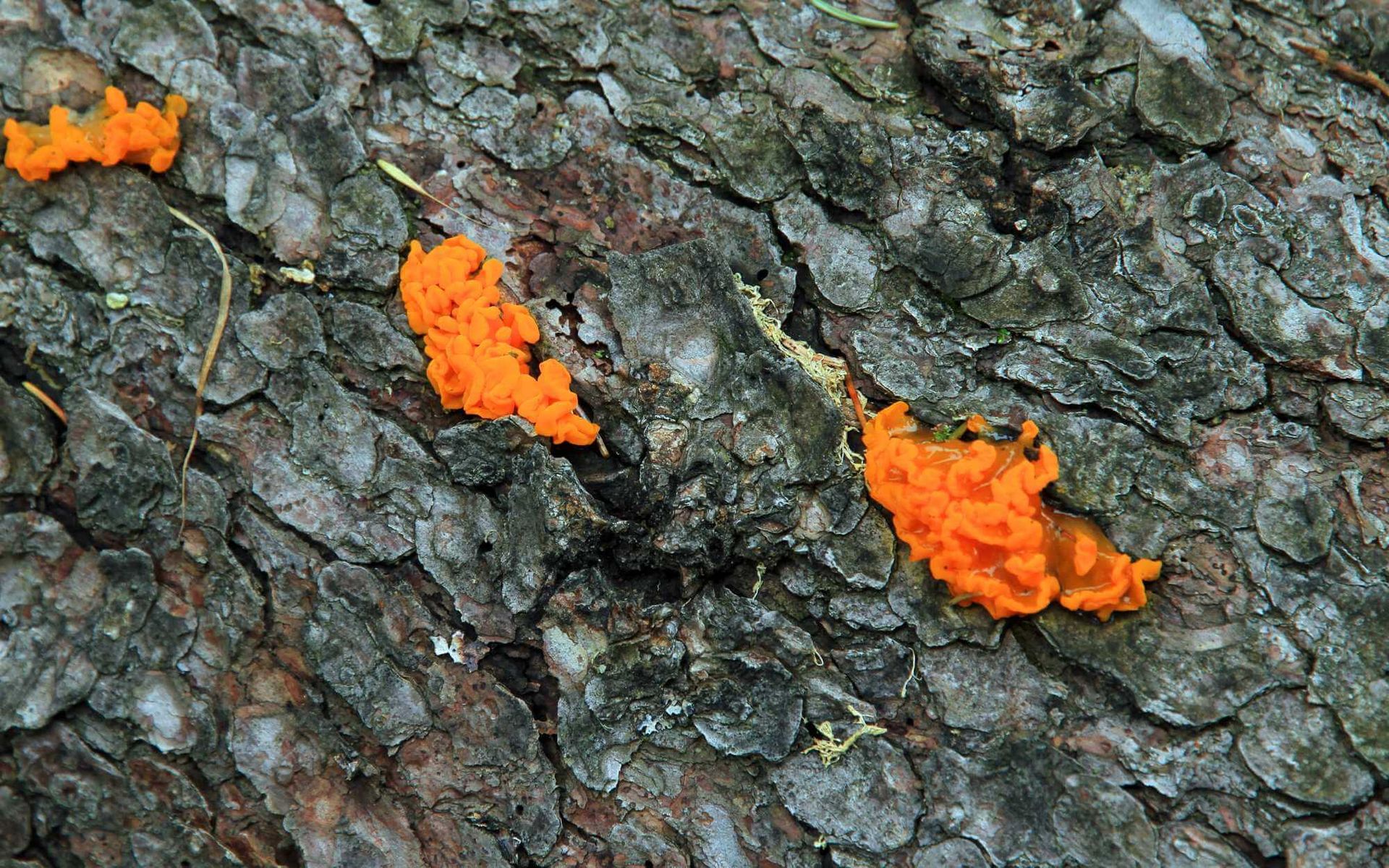
Oak trees are especially vulnerable to fusiform rust – a disease caused by the fungus Cronartium quercuum. This fungal pathogen creates long, thin cankers on the bark of oak trees that produce yellow-orange blisters. These spores spread to other areas of the tree, leading to discoloration and wilting of leaves and branches.
Fusiform rust can be managed through preventative measures such as removing infested trees, avoiding planting new oak trees in infected areas, and regular inspection of trees for signs of fungal infection. Pruning off the infected tree's trunk or branch can also help reduce the spread of the fungus.
Fungicides may be effective for managing fusiform rust, but timing is important since fungicide applications are most effective when they are applied before symptoms appear. Be sure to consult with a certified arborist or tree care professional before applying any type of fungicide.
Overall, the best way to manage fusiform rust is to maintain the health and vigor of oak trees through proper pruning, fertilization, and watering practices.
If you have a sick tree or suspect that your tree may be affected by any of these Florida tree diseases, it's important to seek professional help from a certified arborist. Real Tree Trimming & Landscaping, Inc. is a trusted tree service provider in Pompano Beach, FL, and nearby areas.
Our team can assess the health of your tree and provide comprehensive treatment plans to help get your tree back on track. We also offer tree removal services and professional pruning services to help boost tree growth. Contact us to learn more!
Want a free quote or some friendly advice? Call our team today:






